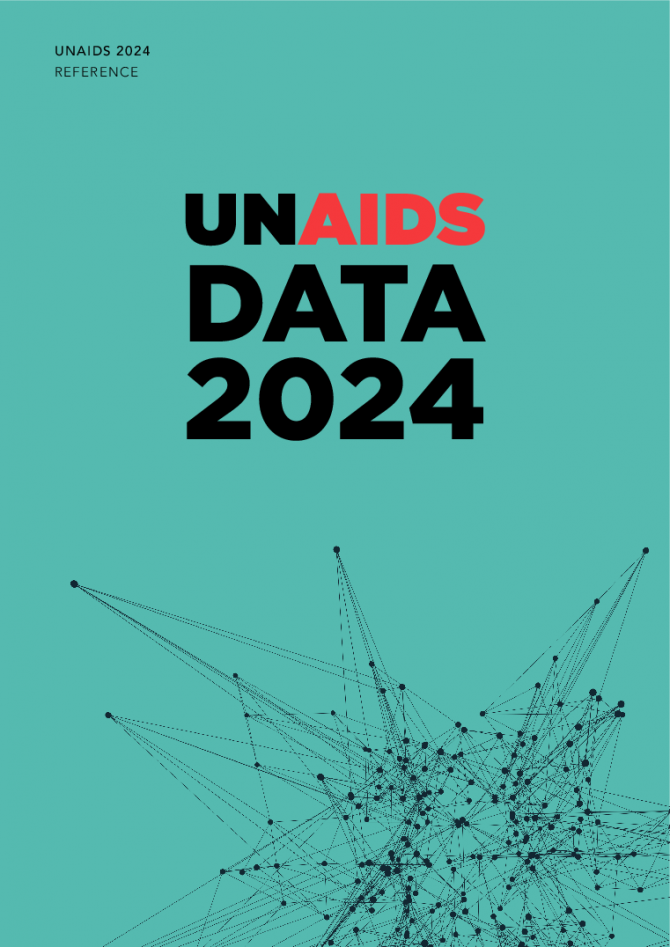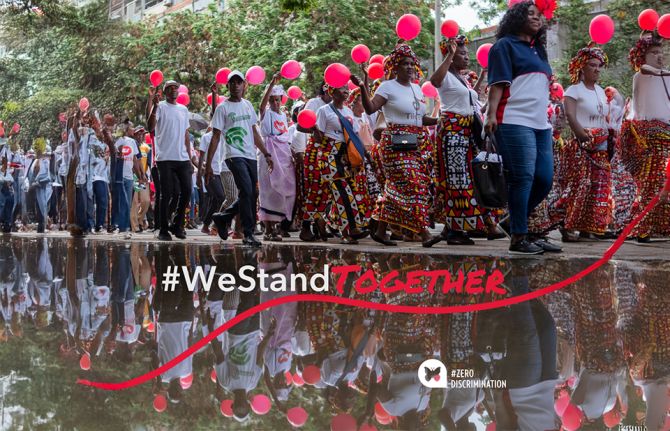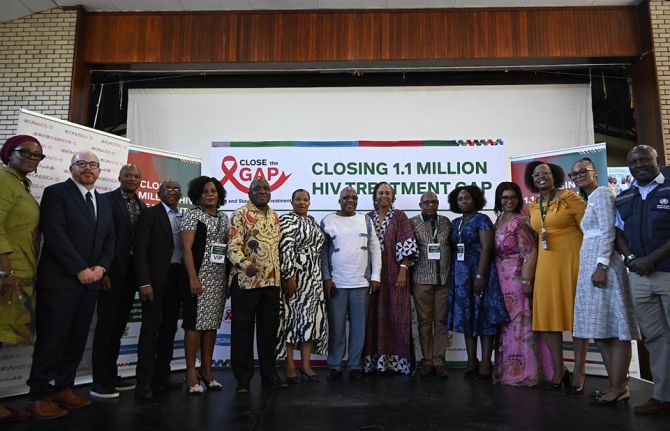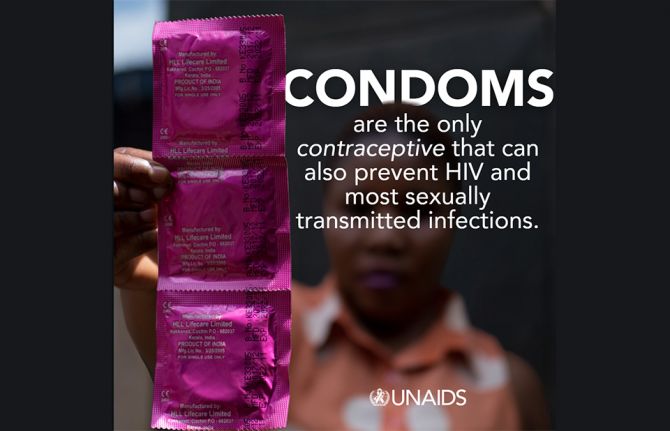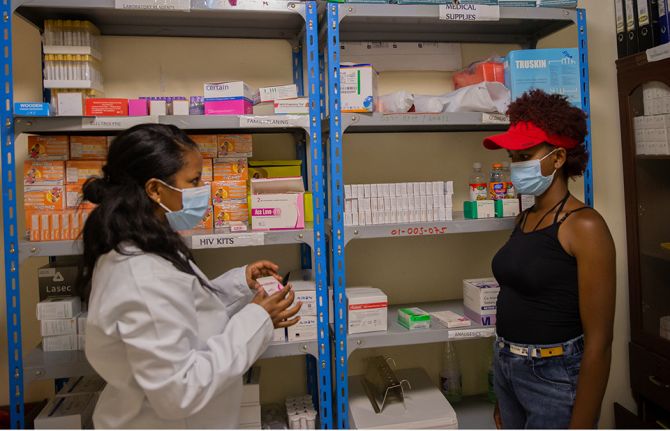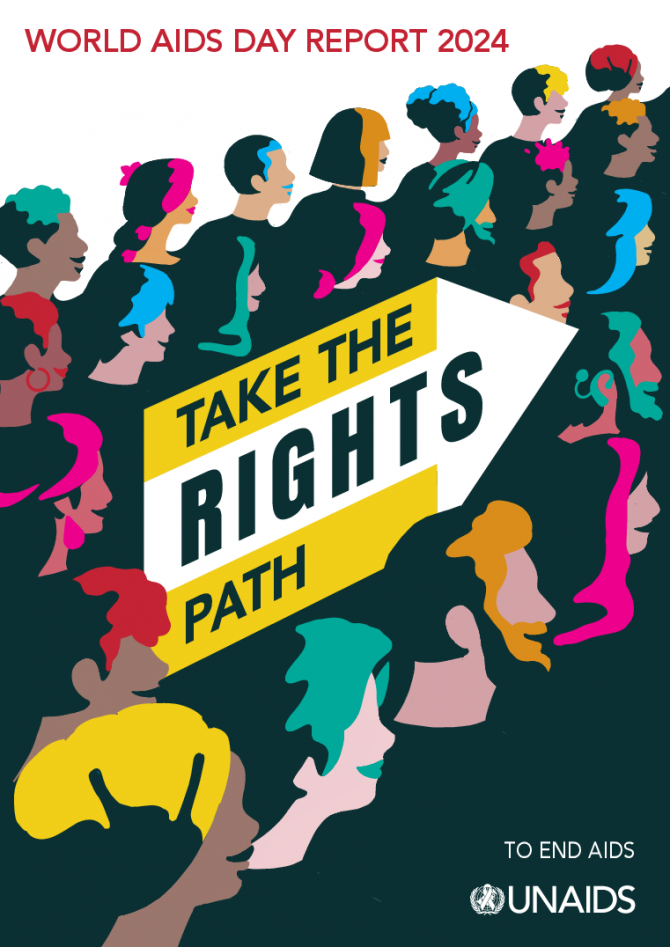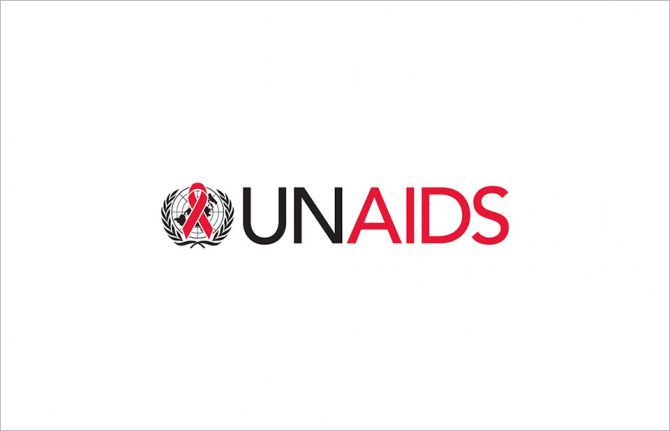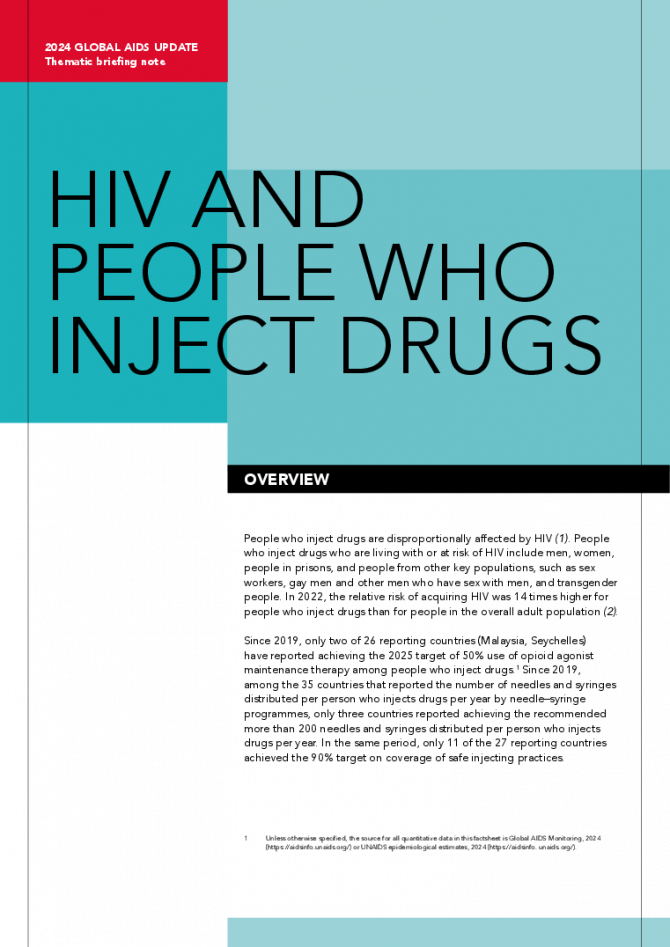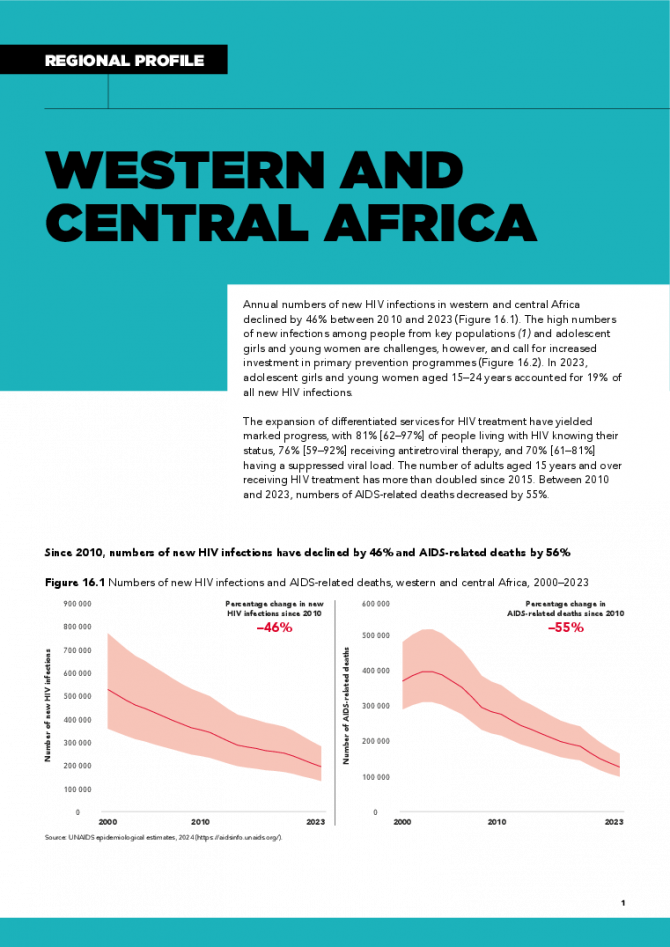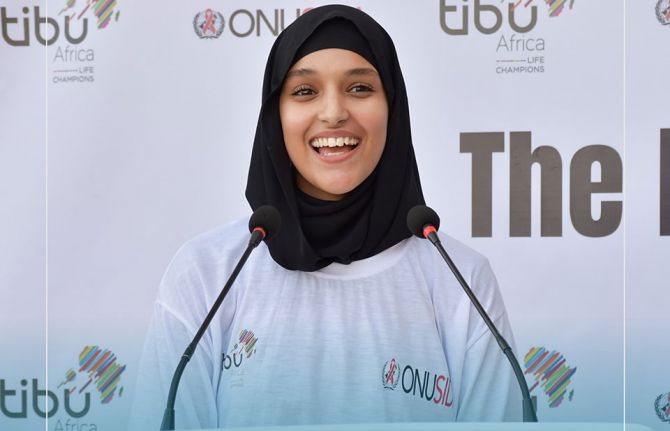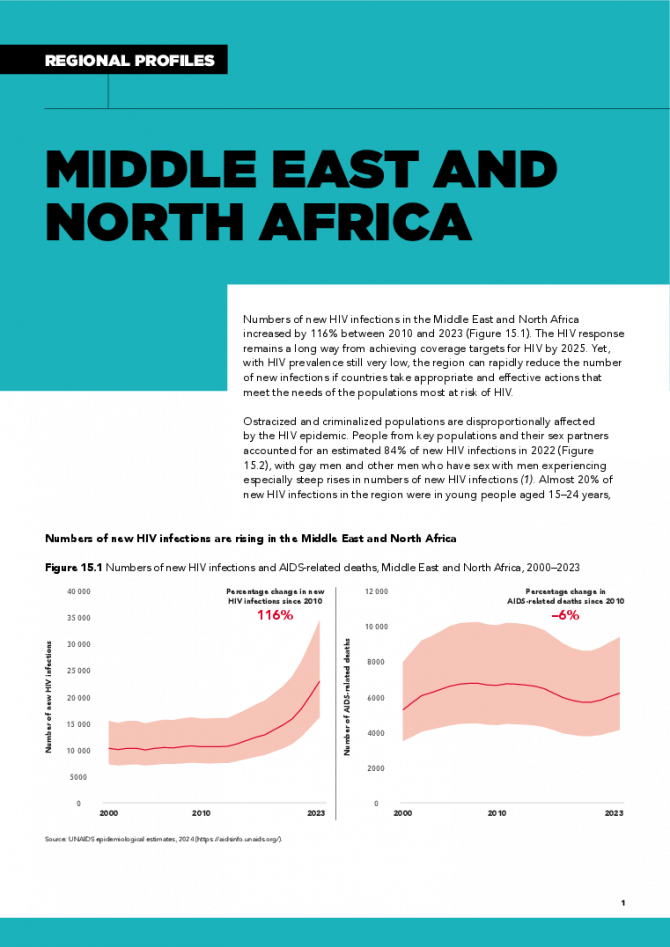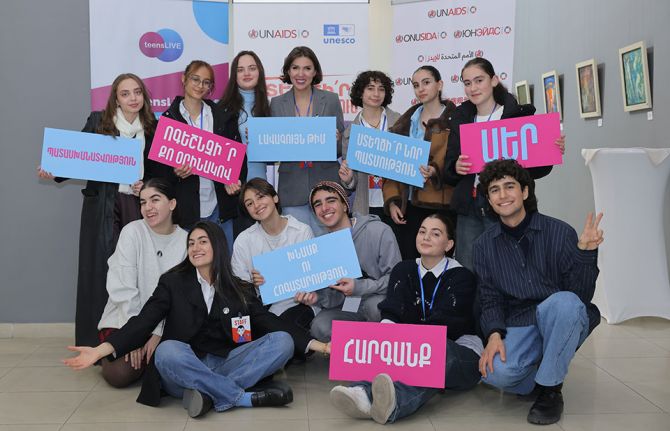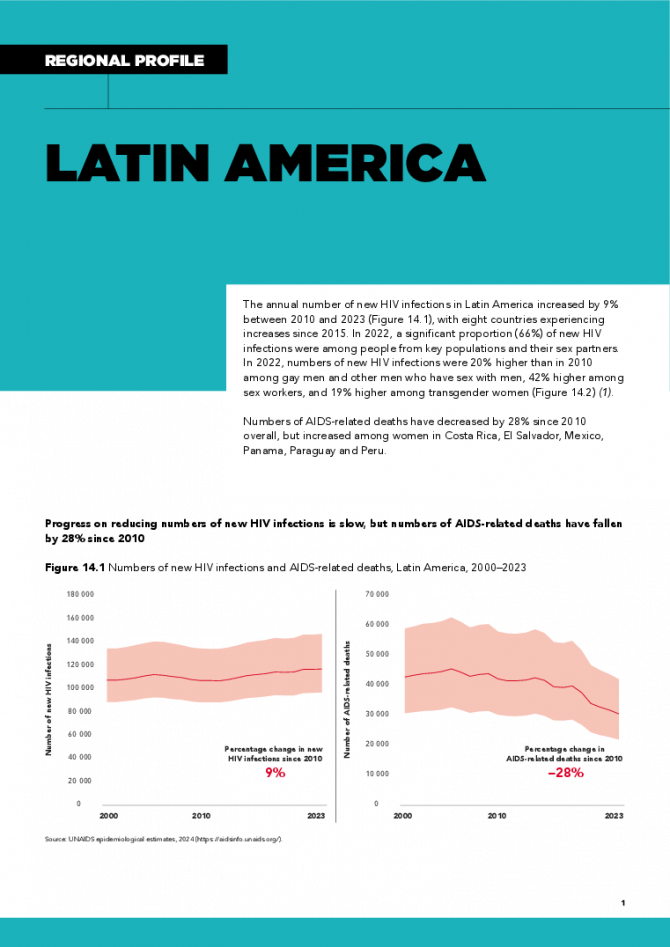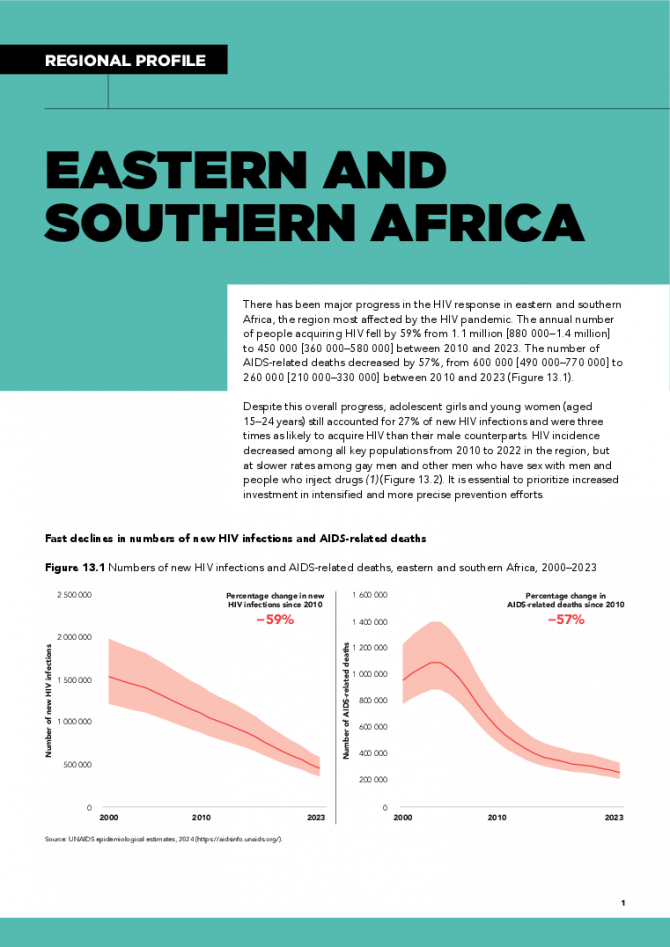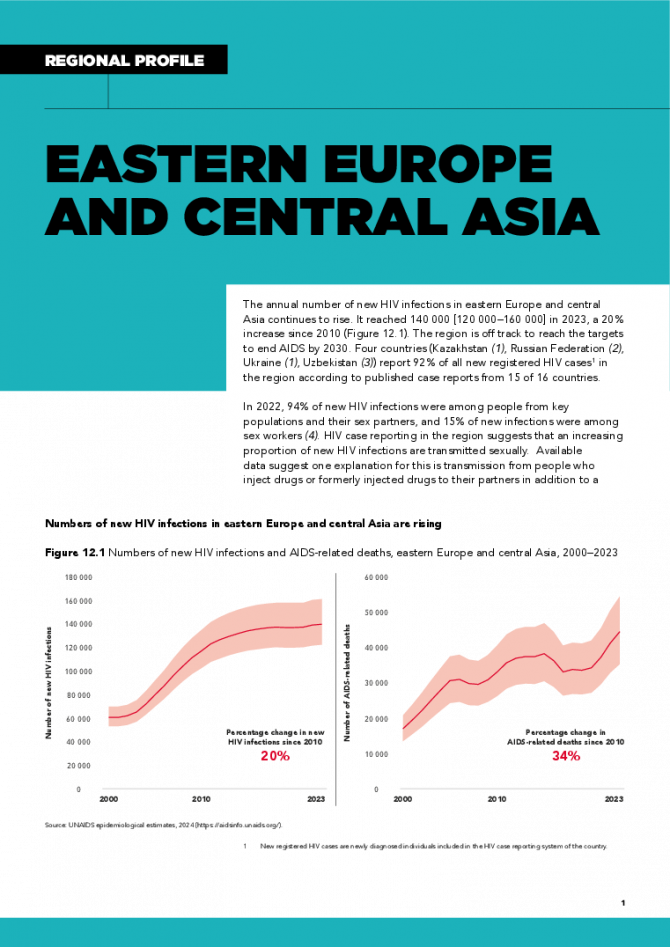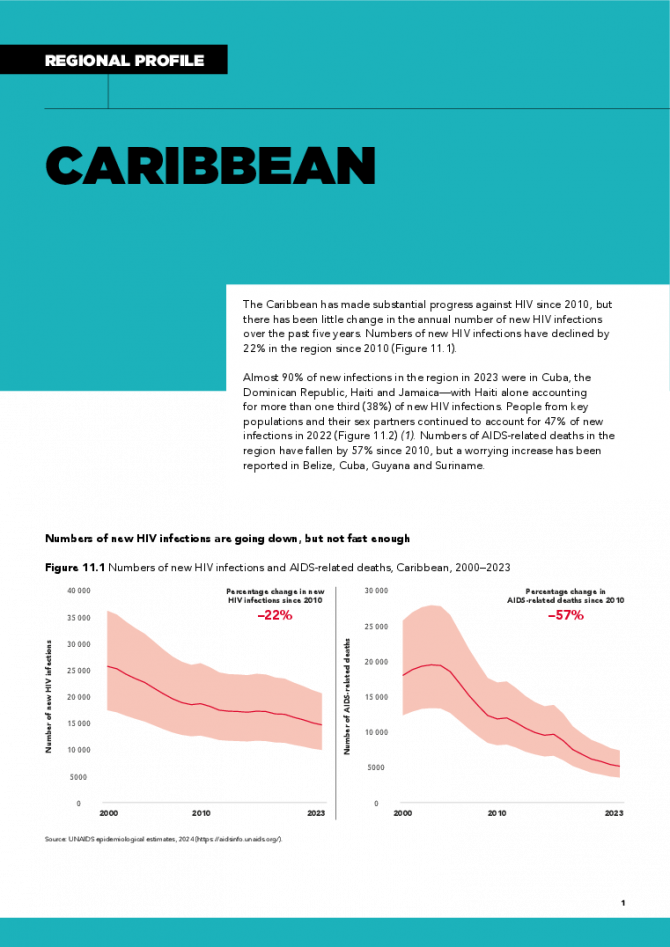Injecting drug use IDU
Documents
UNAIDS data 2024
02 December 2024
Suggested citation. UNAIDS DATA 2024. Geneva: Joint United Nations Programme on HIV/AIDS; 2024. Licence: CC BY-NC-SA 3.0 IGO. Related: The 2024 global AIDS report The Urgency of Now: AIDS at a Crossroads, released 22 July 2024, is available here.
Related
 U=U can help end HIV stigma and discrimination. Here’s how
U=U can help end HIV stigma and discrimination. Here’s how

27 February 2025
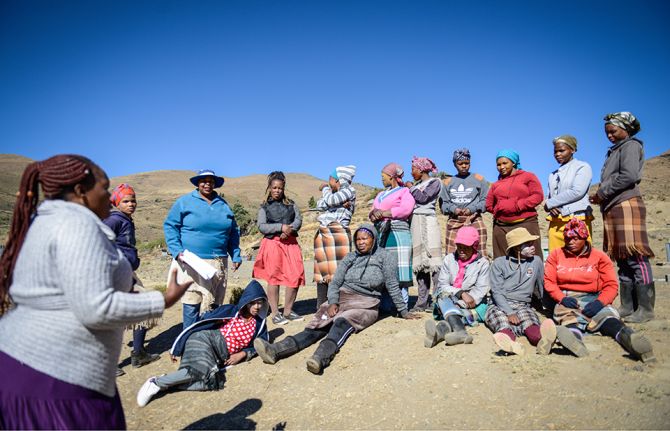 How the shift in US funding is threatening both the lives of people affected by HIV and the community groups supporting them
How the shift in US funding is threatening both the lives of people affected by HIV and the community groups supporting them

18 February 2025
Documents
Take the rights path to end AIDS — World AIDS Day report 2024
26 November 2024
The world’s decades-long response to HIV is at an inflection point. Despite successes, the world is currently not on track to end AIDS as a public health threat by 2030. Press release | Download full report | Download short version
Related
 U=U can help end HIV stigma and discrimination. Here’s how
U=U can help end HIV stigma and discrimination. Here’s how

27 February 2025
 How the shift in US funding is threatening both the lives of people affected by HIV and the community groups supporting them
How the shift in US funding is threatening both the lives of people affected by HIV and the community groups supporting them

18 February 2025

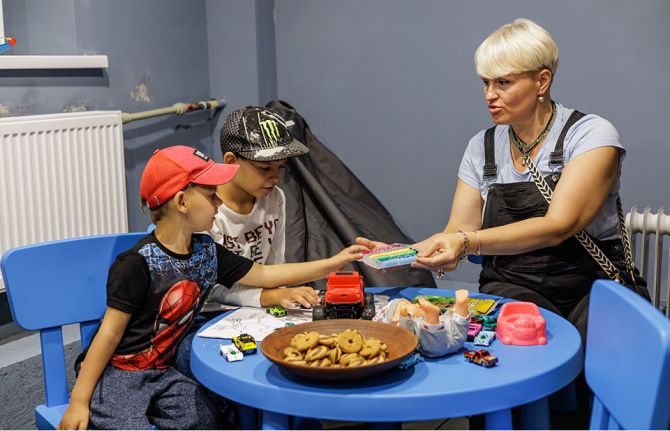
Feature Story
Club Eney: a safe place for those left behind
21 October 2024
21 October 2024 21 October 2024In the heart of Kyiv, Ukraine’s capital city, where the echoes of war resonate daily, the community-based organisation Club Eney stands as a refuge for key populations affected by the war.
For many, Club Eney is not just a place to receive assistance, but a vital community offering essential support.
When Yaroslav, a web developer, divorced a year and a half ago he spiraled out of control using drugs. Ultimately, he ended up homeless. "I used to have a steady job, but everything fell apart," he said. Without a place to call home, he now relies on the streets for survival. "I need food, a place to wash, and someone to talk to while I look for work," he explained.
A friend introduced Yaroslav to Club Eney, and it quickly became a part of his daily routine. "I receive food packages, do my laundry, and can take a shower," he said. He also enjoys a warm cup of tea or coffee while chatting with the staff, many of whom have faced their own struggles. "They’ve offered me sessions with a psychologist, but I’m not ready yet. I need to sort out my thoughts first," he admitted.
Velta Parkhomenko, chair of Club Eney, was once a client of the organization herself, receiving harm reduction services such as clean needles and support. "I started as a peer consultant and am now chair of the organization, so I refer to my experience helping others,” she said.
Club Eney began as a community-based organization offering HIV prevention services to people who use drugs and other HIV affected communities in Kyiv.
For her Club Eney is much more than that. "We had a dream to be a place where people could access all the services they need in one place, all in one location,” she said.
The organization has outreach workers in all districts of Kyiv, where they provide harm reduction services, HIV testing and other support. If someone tests HIV positive, they have someone accompany the person to the clinic, so they start treatment as soon as possible.
With the war, Club Eney has taken on a bigger role.
Olesya, a mother of three, fled from the Chernihiv region to Kyiv just before the war escalated. Having previously sought help at Eney for gender-based violence, she returned, knowing it would provide safety and help with basic needs.
“Today, my whole family came to Eney to do laundry, get food and diapers, and even have a social worker look after my children,” Olesya explained. Recently, when her child fell ill and she needed to buy medicine, the club reimbursed her for the costs after she presented the receipts. “With everything being so expensive, this support means a lot to us,” she said.
Since the onset of the war in February 2022, prices have skyrocketed for food, medicines and hygiene products and unemployment hovers above 17% pushing up demand at Club Eney and exacerbating other problems like drug addiction.
“In the last two years, we have provided help to over 40 000 people across the country. We are incredibly grateful that UNAIDS has supported us in filling the gaps and realising our dream," she said.
The Club Eney receives funding from the UNAIDS Humanitarian Fund, which supports various organizations, each addressing specific needs across different regions of Ukraine. Together, these projects enable local community organisations to deliver essential services, including HIV related services, and support to those who have been left behind, ensuring they receive the assistance they urgently need during this crisis.
“The war has greatly exacerbated social problems, pushing people from marginalized groups further to the edge of the state social system and leaving many without essential support. Thanks to the generous contributions from donors, primarily from the Netherlands, we can assist organizations like Club Eney in providing vital aid to these vulnerable populations,” said Gabriela Ionascu, UNAIDS Country director in Ukraine.
For Yaroslav, Club Eney has given hope. "I believe that everything will be okay for me because I see the people here at Club Eney who also used drugs but managed to turn their lives around,” he said. “So, I believe I can too."
Currently, there are over 3.4 million internally displaced people. A reported 143 591 people living with HIV were receiving treatment in 2023, close to the number before the invasion.
“Ukraine has succeeded in maintaining its HIV services, particularly the provision of antiretroviral therapy in government-controlled areas. However, the war, along with a range of humanitarian, social, and economic challenges, poses long-term risks to both the HIV response and the health system overall," said Eamonn Murphy, UNAIDS Regional Director for Eastern Europe and Central Asia. "To keep the epidemic under control, we must ensure that no one is left behind."
Related
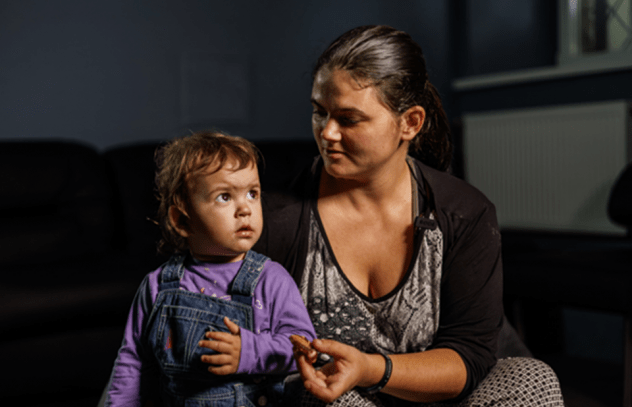 Three Years On: From crisis to prospective recovery
Three Years On: From crisis to prospective recovery

20 February 2025
Documents
HIV and people who inject drugs — Thematic briefing note — 2024 global AIDS update The Urgency of Now: AIDS at a Crossroads
22 July 2024
People who inject drugs are disproportionally affected by HIV. People who inject drugs who are living with or at risk of HIV include men, women, people in prisons, and people from other key populations, such as sex workers, gay men and other men who have sex with men, and transgender people. In 2022, the relative risk of acquiring HIV was 14 times higher for people who inject drugs than for people in the overall adult population. Since 2019, only two of 26 reporting countries (Malaysia, Seychelles) have reported achieving the 2025 target of 50% use of opioid agonist maintenance therapy among people who inject drugs. Since 2019, among the 35 countries that reported the number of needles and syringes distributed per person who injects drugs per year by needle–syringe programmes, only three countries reported achieving the recommended more than 200 needles and syringes distributed per person who injects drugs per year. In the same period, only 11 of the 27 reporting countries achieved the 90% target on coverage of safe injecting practices. Related links: New UNAIDS report shows AIDS pandemic can be ended by 2030, but only if leaders boost resources and protect human rights now | Full report
Related
UNAIDS data 2024
02 December 2024
Take the rights path to end AIDS — World AIDS Day report 2024
26 November 2024
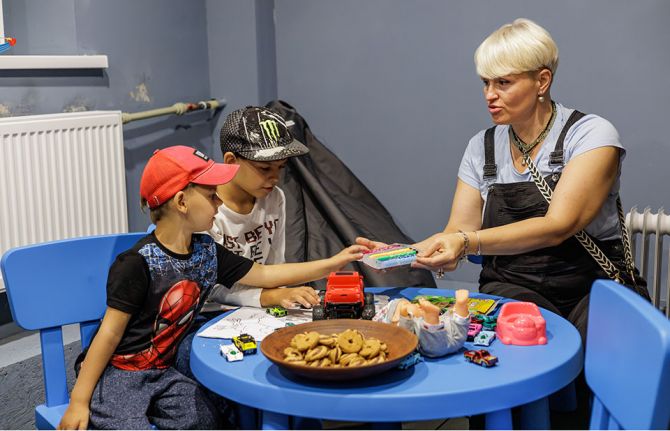 Club Eney: a safe place for those left behind
Club Eney: a safe place for those left behind

21 October 2024
Slide deck - 2024 global AIDS update
22 July 2024
Core epidemiology slides
22 July 2024
Documents
Western and Central Africa regional profile — 2024 global AIDS update The Urgency of Now: AIDS at a Crossroads
22 July 2024
Annual numbers of new HIV infections in western and central Africa declined by 46% between 2010 and 2023. The high numbers of new infections among people from key populations and adolescent girls and young women are challenges, however, and call for increased investment in primary prevention programmes. In 2023, adolescent girls and young women aged 15–24 years accounted for 19% of all new HIV infections. The expansion of differentiated services for HIV treatment have yielded marked progress, with 81% [62–97%] of people living with HIV knowing their status, 76% [59–92%] receiving antiretroviral therapy, and 70% [61–81%] having a suppressed viral load. The number of adults aged 15 years and over receiving HIV treatment has more than doubled since 2015. Between 2010 and 2023, numbers of AIDS-related deaths decreased by 55%. Related links: New UNAIDS report shows AIDS pandemic can be ended by 2030, but only if leaders boost resources and protect human rights now | Full report
Related
 U=U can help end HIV stigma and discrimination. Here’s how
U=U can help end HIV stigma and discrimination. Here’s how

27 February 2025
Impact of community-led and community-based HIV service delivery beyond HIV: case studies from eastern and southern Africa
30 January 2025
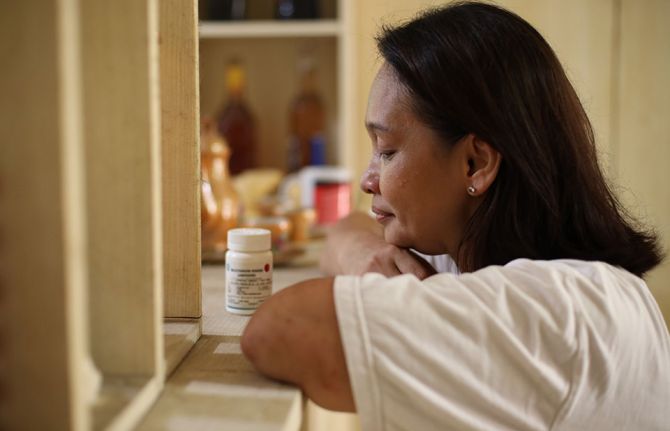 Lost and link: Indonesian initiative to find people living with HIV who stopped their treatment
Lost and link: Indonesian initiative to find people living with HIV who stopped their treatment

21 January 2025
Documents
Middle East and North Africa regional profile — 2024 global AIDS update The Urgency of Now: AIDS at a Crossroads
22 July 2024
Numbers of new HIV infections in the Middle East and North Africa increased by 116% between 2010 and 2023. The HIV response remains a long way from achieving coverage targets for HIV by 2025. Yet, with HIV prevalence still very low, the region can rapidly reduce the number of new infections if countries take appropriate and effective actions that meet the needs of the populations most at risk of HIV. Ostracized and criminalized populations are disproportionally affected by the HIV epidemic. People from key populations and their sex partners accounted for an estimated 84% of new HIV infections in 2022, with gay men and other men who have sex with men experiencing especially steep rises in numbers of new HIV infections. Almost 20% of new HIV infections in the region were in young people aged 15–24 years, the majority of them male (55%). These epidemic patterns underscore the need for scaled-up HIV interventions for people from key populations and especially young people, and for reducing the societal and structural barriers that limit their access to needed services. Related links: New UNAIDS report shows AIDS pandemic can be ended by 2030, but only if leaders boost resources and protect human rights now | Full report
Related
 U=U can help end HIV stigma and discrimination. Here’s how
U=U can help end HIV stigma and discrimination. Here’s how

27 February 2025
Impact of community-led and community-based HIV service delivery beyond HIV: case studies from eastern and southern Africa
30 January 2025
 Lost and link: Indonesian initiative to find people living with HIV who stopped their treatment
Lost and link: Indonesian initiative to find people living with HIV who stopped their treatment

21 January 2025
Documents
Latin America — 2024 global AIDS update The Urgency of Now: AIDS at a Crossroads
22 July 2024
The annual number of new HIV infections in Latin America increased by 9% between 2010 and 2023, with eight countries experiencing increases since 2015. In 2022, a significant proportion (66%) of new HIV infections were among people from key populations and their sex partners. In 2022, numbers of new HIV infections were 20% higher than in 2010 among gay men and other men who have sex with men, 42% higher among sex workers, and 19% higher among transgender women. Numbers of AIDS-related deaths have decreased by 28% since 2010 overall, but increased among women in Costa Rica, El Salvador, Mexico, Panama, Paraguay and Peru. Related links: New UNAIDS report shows AIDS pandemic can be ended by 2030, but only if leaders boost resources and protect human rights now | Full report
Related
 U=U can help end HIV stigma and discrimination. Here’s how
U=U can help end HIV stigma and discrimination. Here’s how

27 February 2025
 The critical impact of the PEPFAR funding freeze for HIV across Latin America and the Caribbean
The critical impact of the PEPFAR funding freeze for HIV across Latin America and the Caribbean
19 February 2025
Documents
Eastern and Southern Africa regional profile — 2024 global AIDS update The Urgency of Now: AIDS at a Crossroads
22 July 2024
There has been major progress in the HIV response in eastern and southern Africa, the region most affected by the HIV pandemic. The annual number of people acquiring HIV fell by 59% from 1.1 million [880 000–1.4 million] to 450 000 [360 000–580 000] between 2010 and 2023. The number of AIDS-related deaths decreased by 57%, from 600 000 [490 000–770 000] to 260 000 [210 000–330 000] between 2010 and 2023. Despite this overall progress, adolescent girls and young women (aged 15–24 years) still accounted for 27% of new HIV infections and were three times as likely to acquire HIV than their male counterparts. HIV incidence decreased among all key populations from 2010 to 2022 in the region, but at slower rates among gay men and other men who have sex with men and people who inject drugs. It is essential to prioritize increased investment in intensified and more precise prevention efforts. Related links: New UNAIDS report shows AIDS pandemic can be ended by 2030, but only if leaders boost resources and protect human rights now | Full report
Related
 U=U can help end HIV stigma and discrimination. Here’s how
U=U can help end HIV stigma and discrimination. Here’s how

27 February 2025
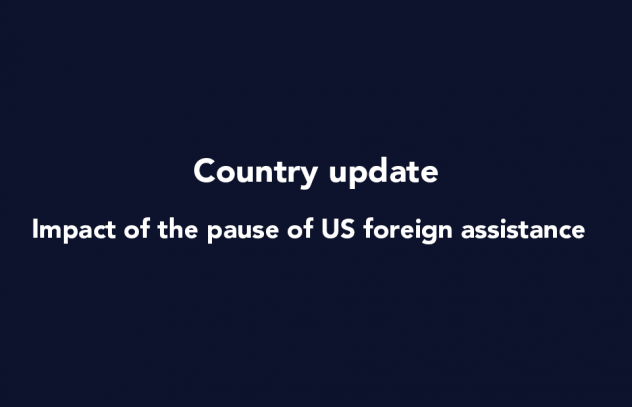 Zambia - an HIV response at a crossroads
Zambia - an HIV response at a crossroads

24 February 2025
 Status of HIV Programmes in Botswana
Status of HIV Programmes in Botswana

20 February 2025
 Government ensures continuity of treatment in Malawi
Government ensures continuity of treatment in Malawi

10 February 2025
Documents
Eastern Europe and Central Asia regional profile — 2024 global AIDS update The Urgency of Now: AIDS at a Crossroads
22 July 2024
The annual number of new HIV infections in eastern Europe and central Asia continues to rise. It reached 140 000 [120 000–160 000] in 2023, a 20% increase since 2010 . The region is off track to reach the targets to end AIDS by 2030. Four countries (Kazakhstan, Russian Federation, Ukraine, Uzbekistan) report 92% of all new registered HIV cases in the region according to published case reports from 15 of 16 countries. In 2022, 94% of new HIV infections were among people from key populations and their sex partners, and 15% of new infections were among sex workers. HIV case reporting in the region suggests that an increasing proportion of new HIV infections are transmitted sexually. Available data suggest one explanation for this is transmission from people who inject drugs or formerly injected drugs to their partners in addition to a growing recognition of transmission among men who have sex with men. Unsafe drug injecting practices are a key factor in the region’s epidemic, representing 27% of new HIV infections. Related links: New UNAIDS report shows AIDS pandemic can be ended by 2030, but only if leaders boost resources and protect human rights now | Full report
Related
 U=U can help end HIV stigma and discrimination. Here’s how
U=U can help end HIV stigma and discrimination. Here’s how

27 February 2025
 Three Years On: From crisis to prospective recovery
Three Years On: From crisis to prospective recovery

20 February 2025
Impact of community-led and community-based HIV service delivery beyond HIV: case studies from eastern and southern Africa
30 January 2025
Documents
Caribbean regional profile — 2024 global AIDS update The Urgency of Now: AIDS at a Crossroads
22 July 2024
The Caribbean has made substantial progress against HIV since 2010, but there has been little change in the annual number of new HIV infections over the past five years. Numbers of new HIV infections have declined by 22% in the region since 2010. Almost 90% of new infections in the region in 2023 were in Cuba, the Dominican Republic, Haiti and Jamaica—with Haiti alone accounting for more than one third (38%) of new HIV infections. People from key populations and their sex partners continued to account for 47% of new infections in 2022. Numbers of AIDS-related deaths in the region have fallen by 57% since 2010, but a worrying increase has been reported in Belize, Cuba, Guyana and Suriname. Related links: New UNAIDS report shows AIDS pandemic can be ended by 2030, but only if leaders boost resources and protect human rights now | Full report
Related
 U=U can help end HIV stigma and discrimination. Here’s how
U=U can help end HIV stigma and discrimination. Here’s how

27 February 2025
Impact of community-led and community-based HIV service delivery beyond HIV: case studies from eastern and southern Africa
30 January 2025
 Lost and link: Indonesian initiative to find people living with HIV who stopped their treatment
Lost and link: Indonesian initiative to find people living with HIV who stopped their treatment

21 January 2025

